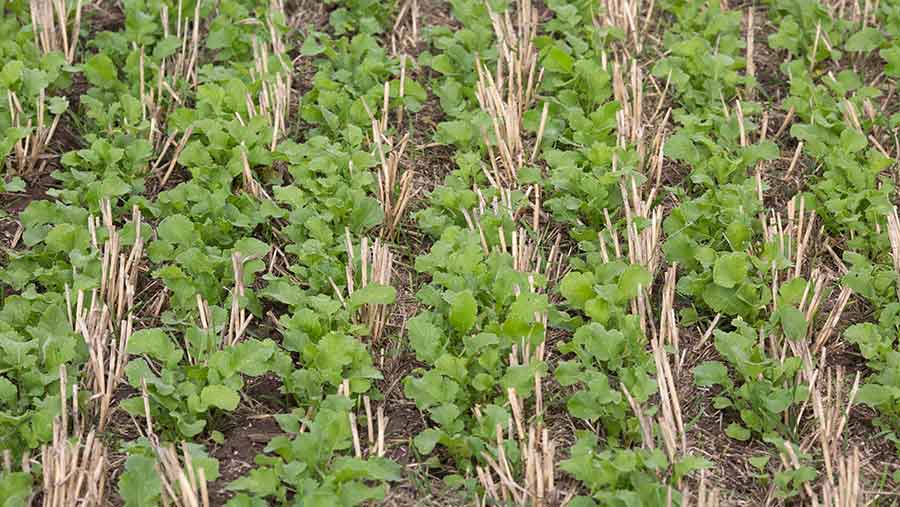Trial aims to quantify cover crop cost benefits
 © Tim Scrivener
© Tim Scrivener A three-year trial aims to settle the ongoing debate over the long-term benefits of growing cover crops, as well as the cost benefits of different mixes.
Many growers have trialled cover crops in the past two to three years, seeing benefits to subsequent crops from the nutrients being released as cover crop residue breaks down, as well as healthier soils.
See also: Soil health survey kick-starts cover crop trials
However, there are other growers who are seeing little benefit from their investment. Faced with conflicting messages and a lack of research data, the AHDB is funding a three-year trial to quantify the long-term benefits.
Amanda Bennett, who manages resource management work at the AHDB, said: “Our review showed we need to know much more about the longer-term effects of cover crops.”
Led by Adas, the project aims to quantify the longer-term effects of cover crops, as straights and mixes, and assess the effect of cultivation, establishment and destruction techniques.
“Through these co-ordinated field experiments, we will build a much better understanding of the costs and benefits of including cover crops within a rotation,” she said.
Field experiments
There will be three field experiments on contrasting soil types, quantifying the effects of 10 cover crop treatments (seven straights and three mixes), established using a standard cultivation approach, on soil properties, crop rooting and yield.
Adas will also look at the influence of cultivation and destruction approaches on cover crop success, through cover crop tramline trials, conducted at three contrasting (soil type/rotation) AHDB monitor farm sites, in addition to a Hutchinsons’ farm site.
The results are expected in 2019 and will be used to update AHDB guidance on cover crops.

